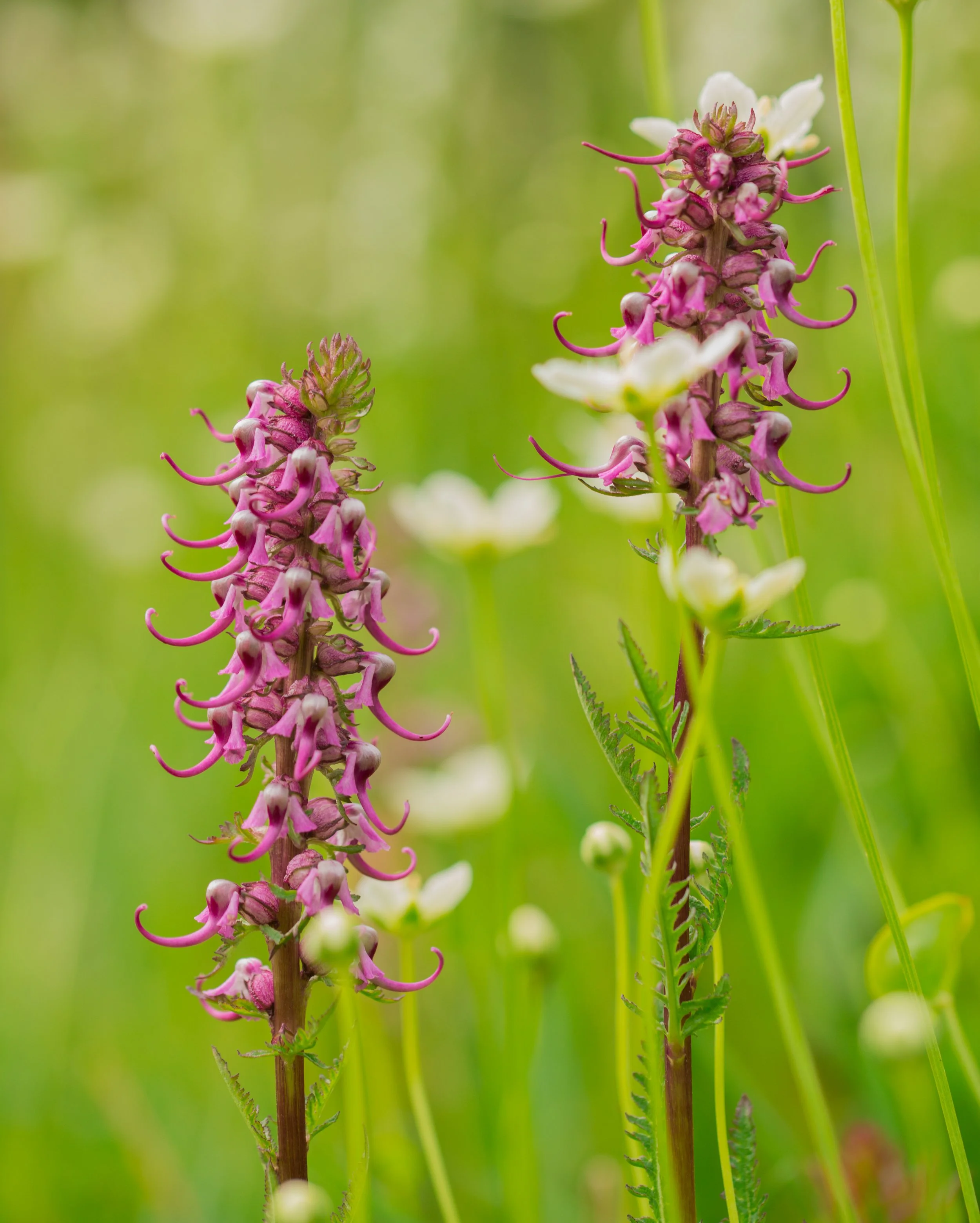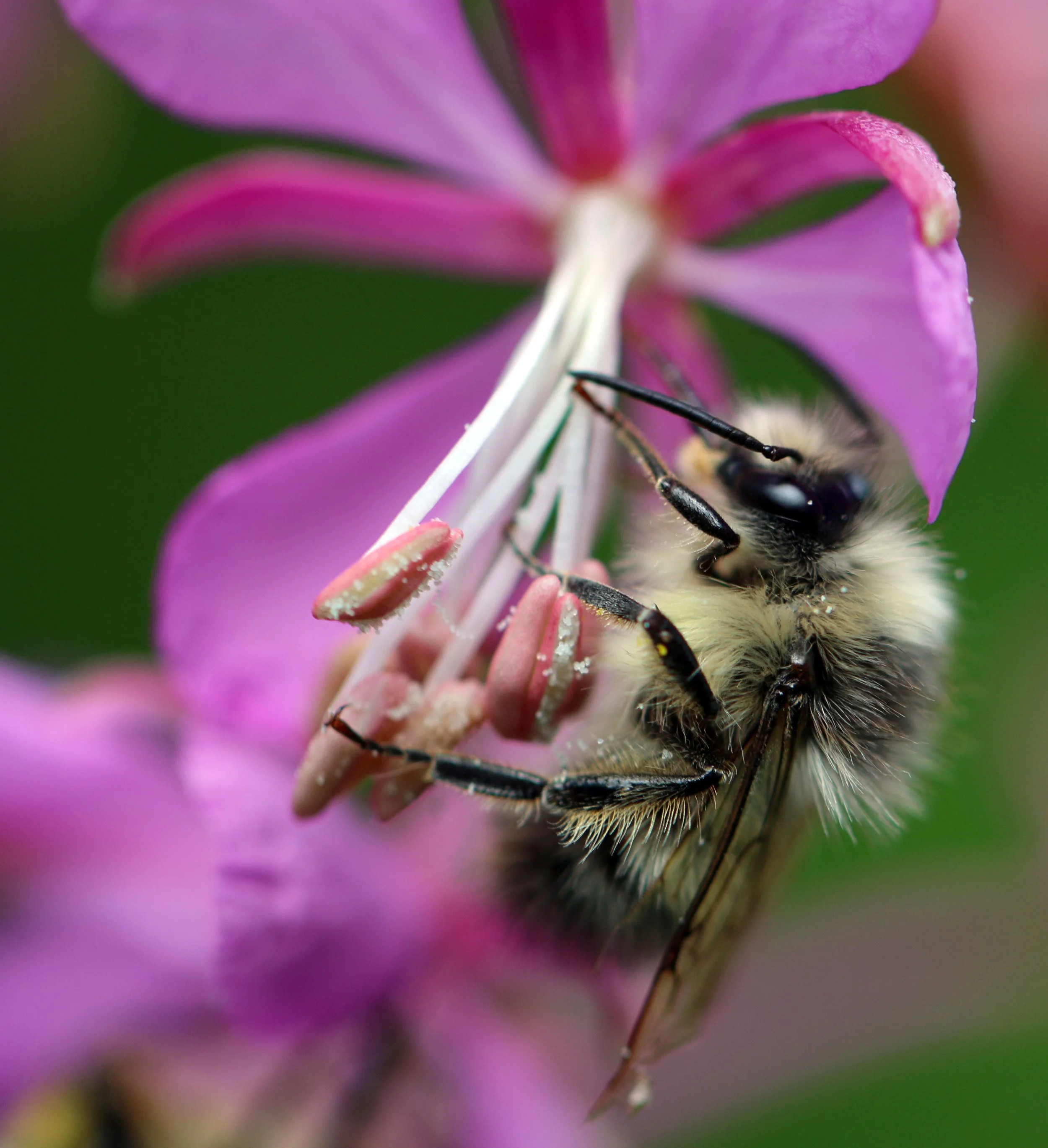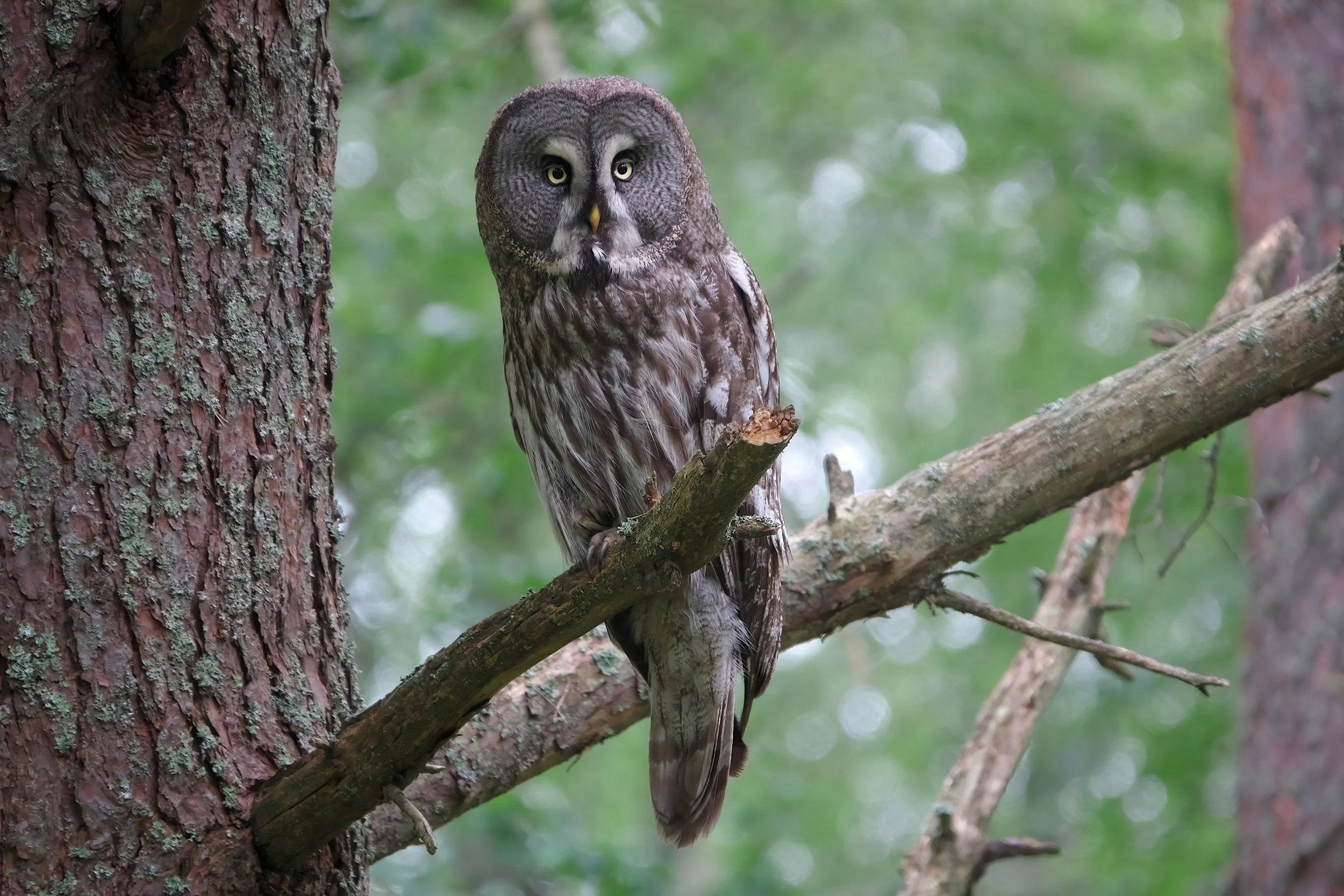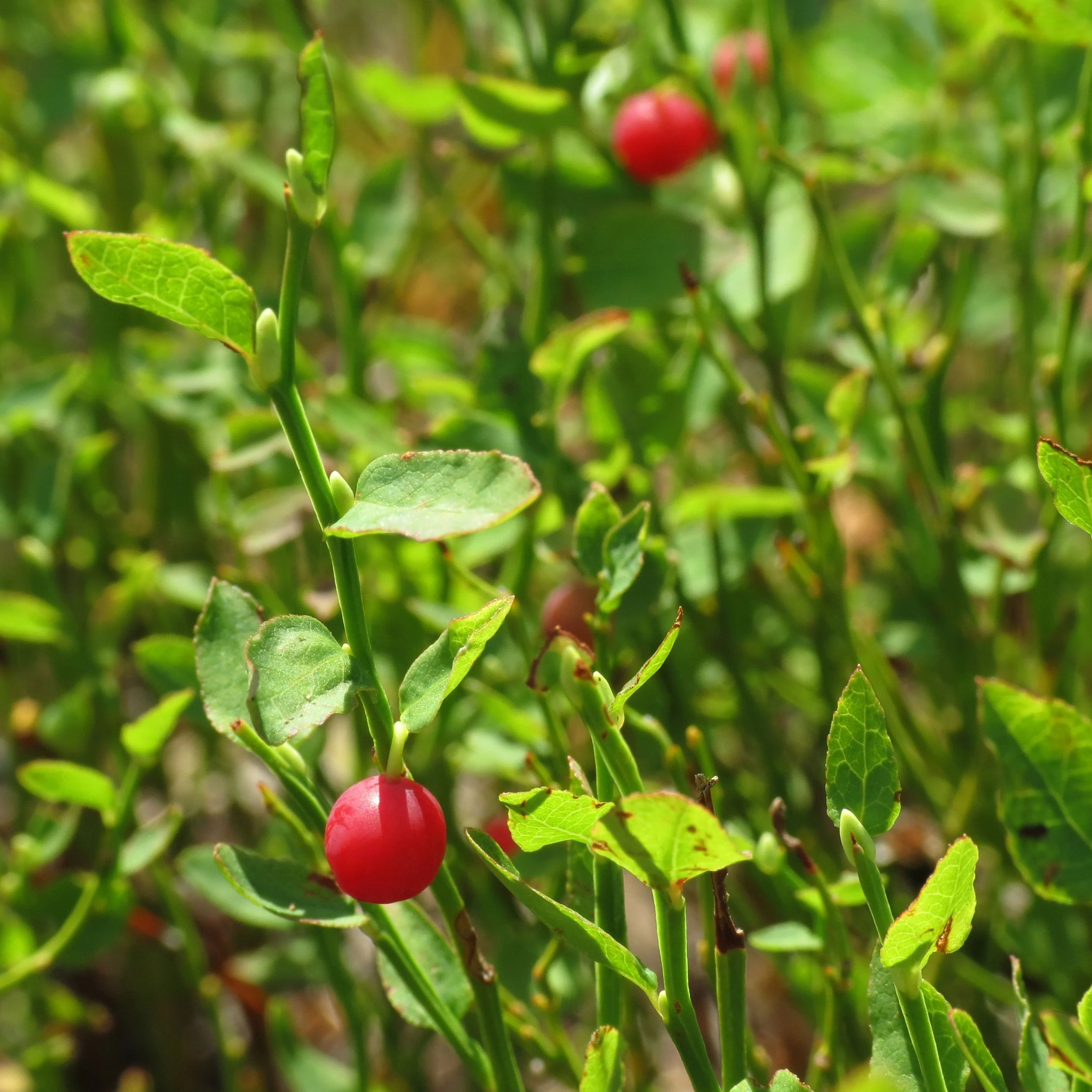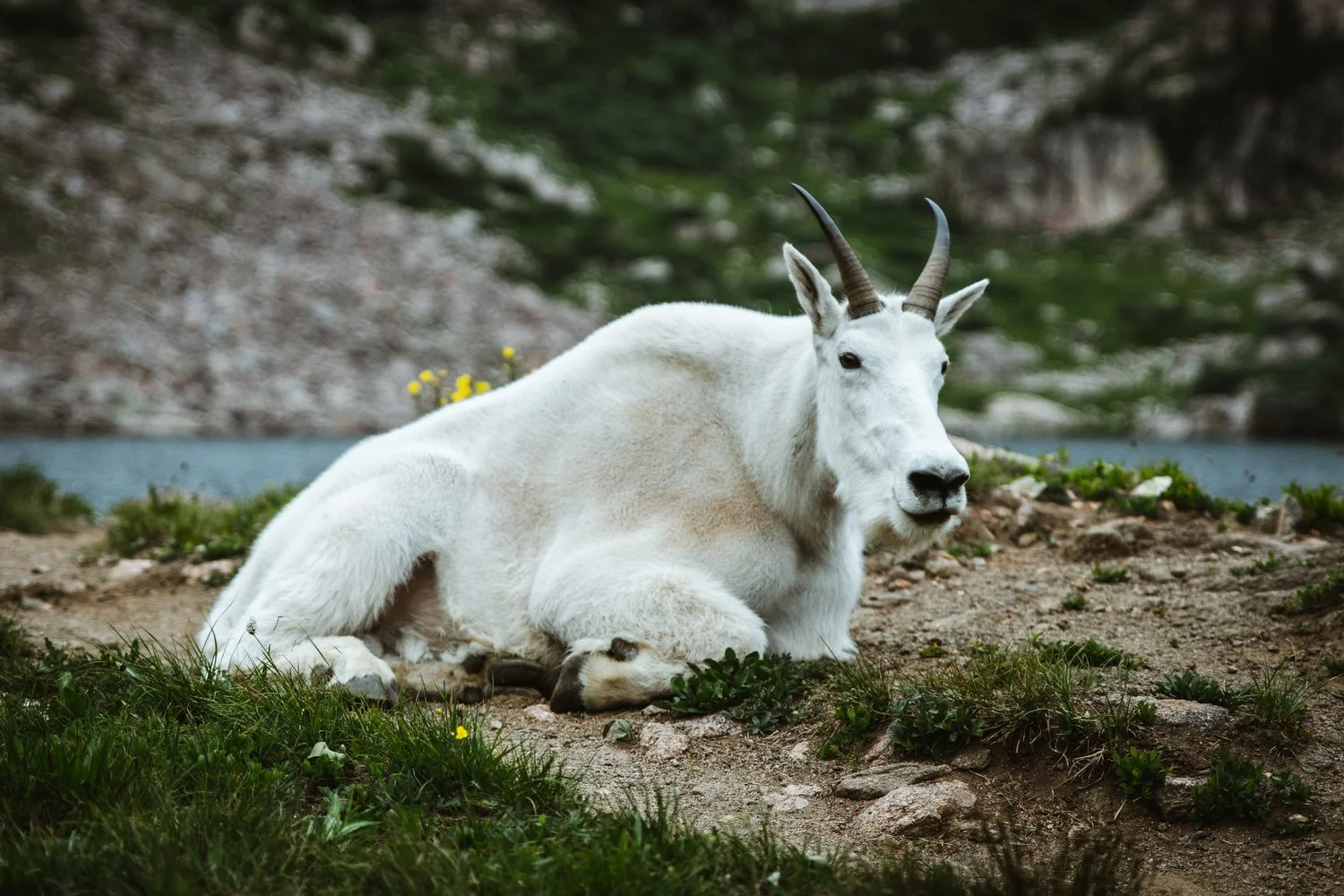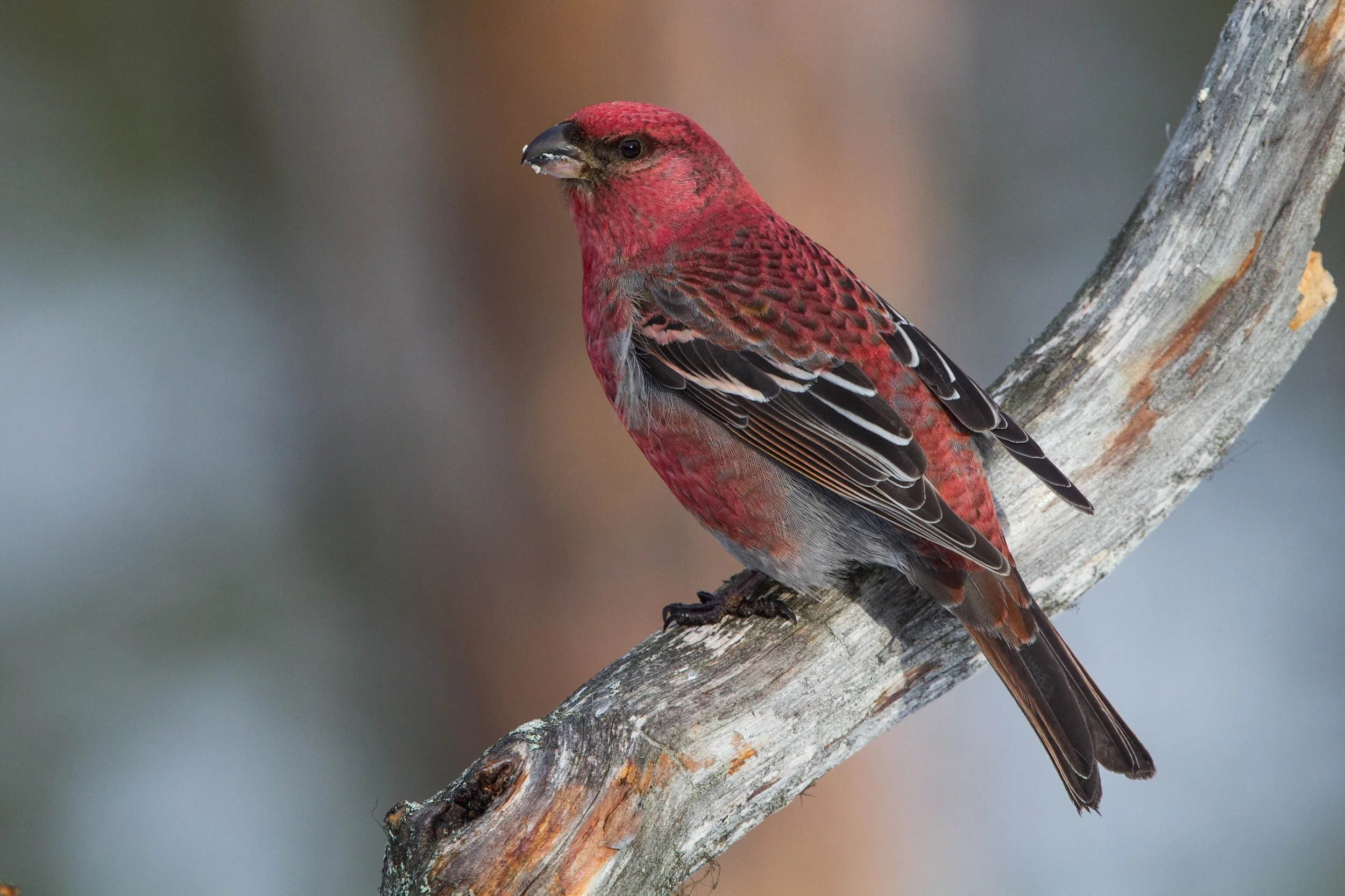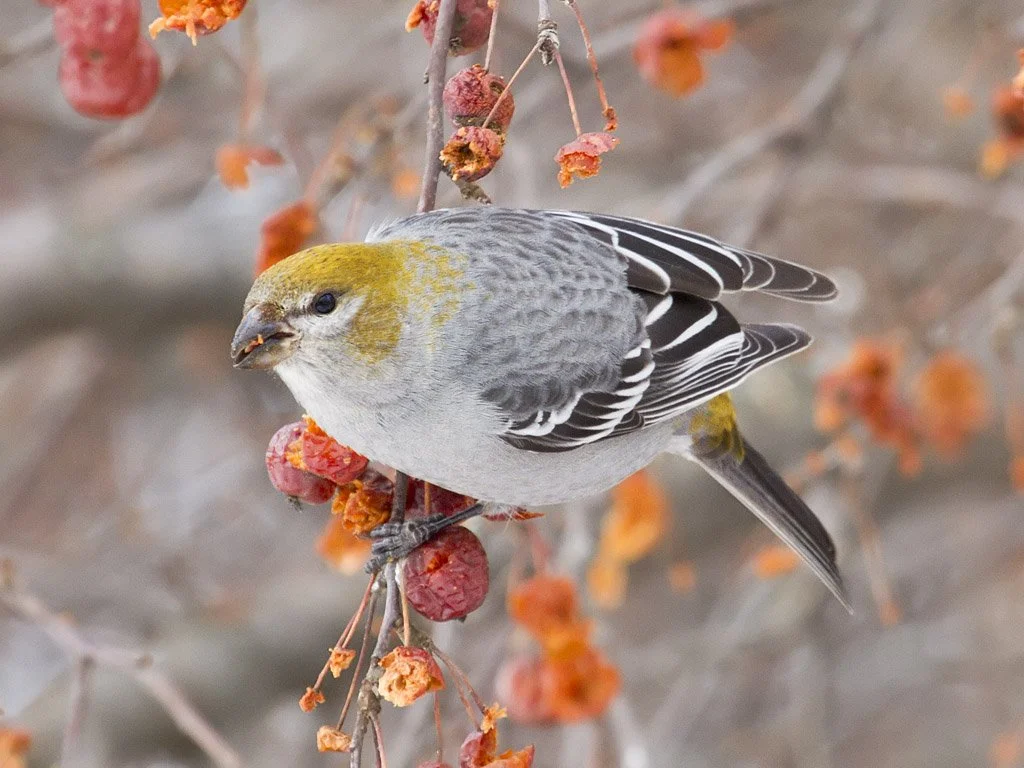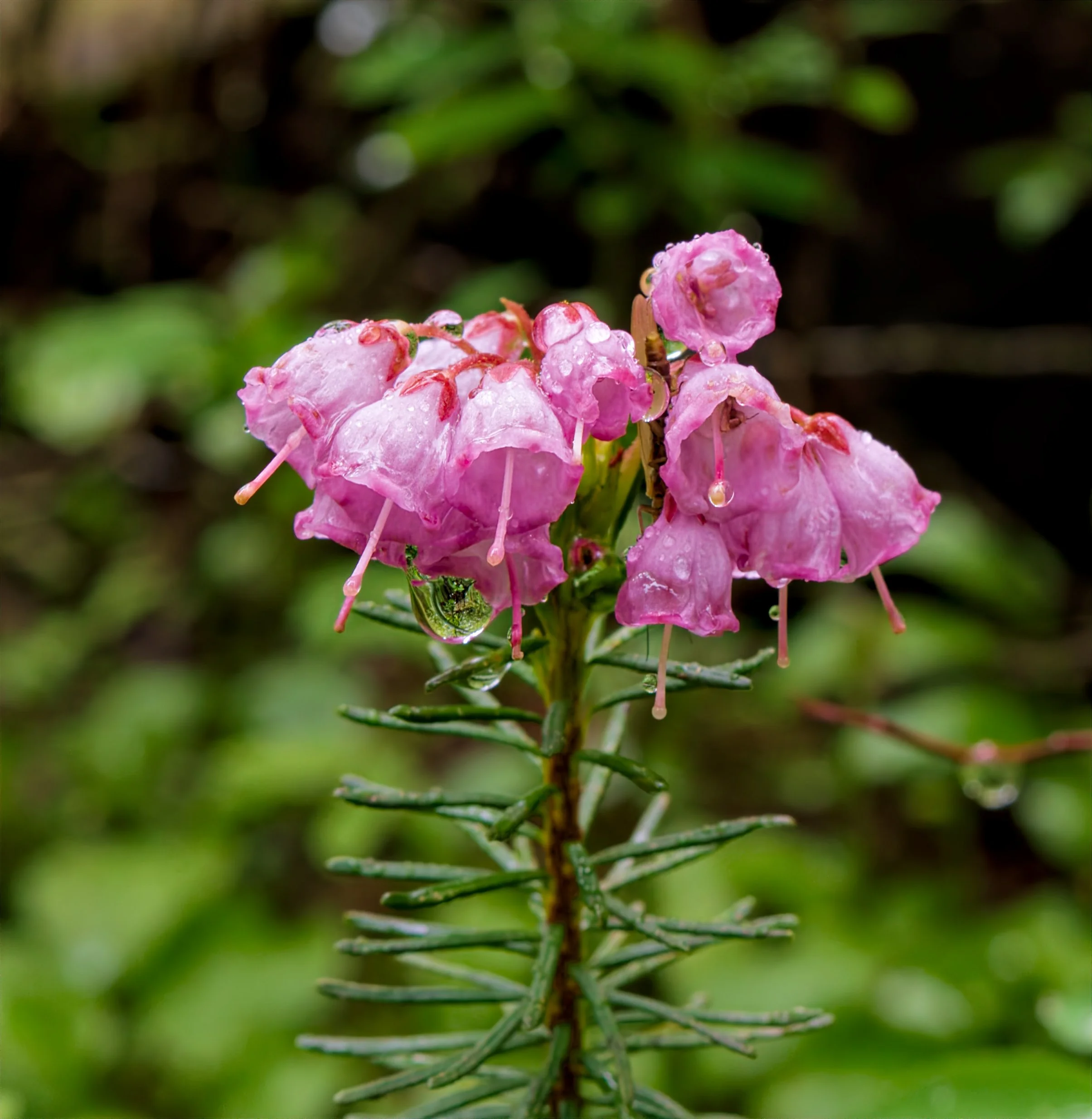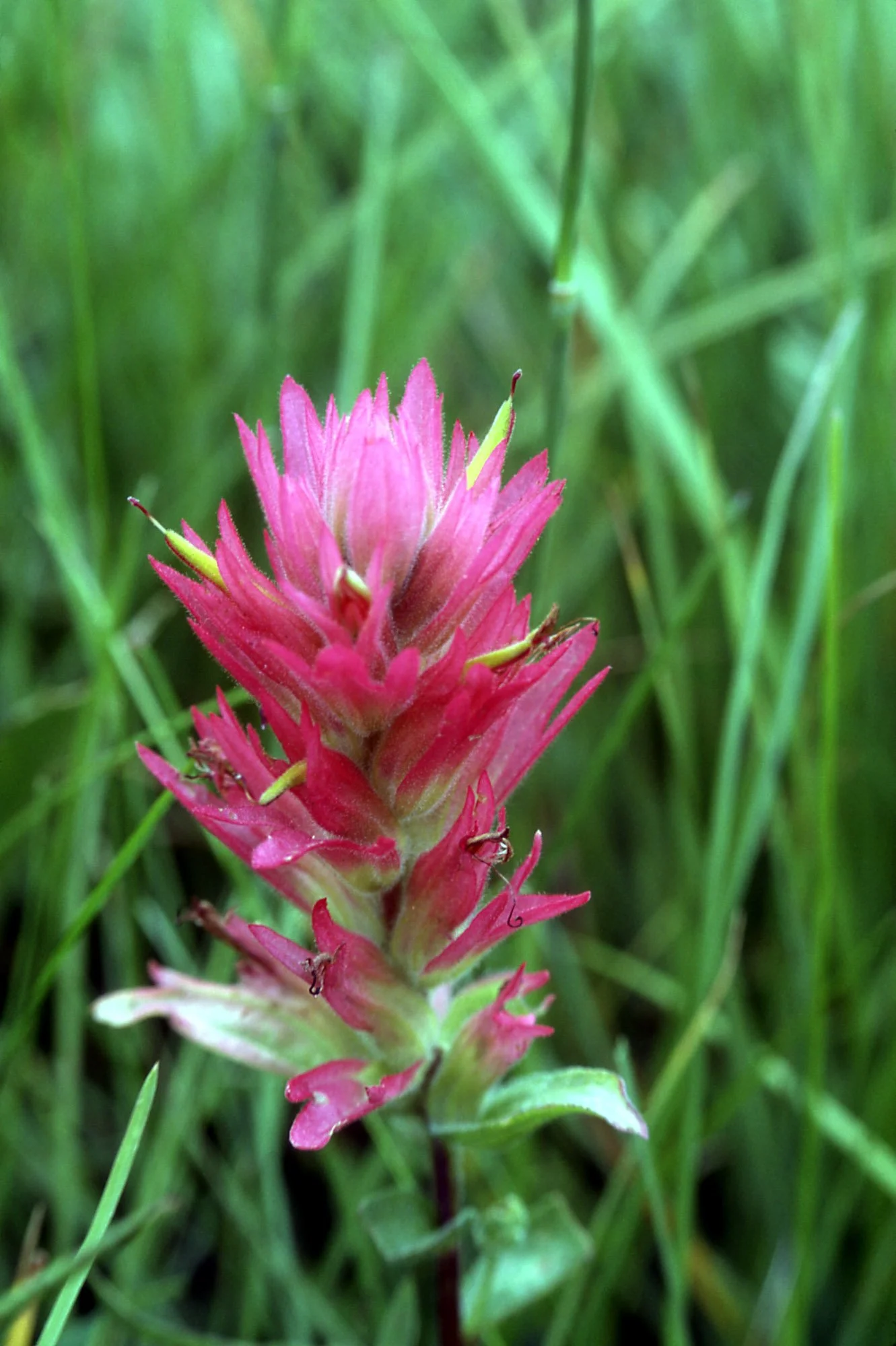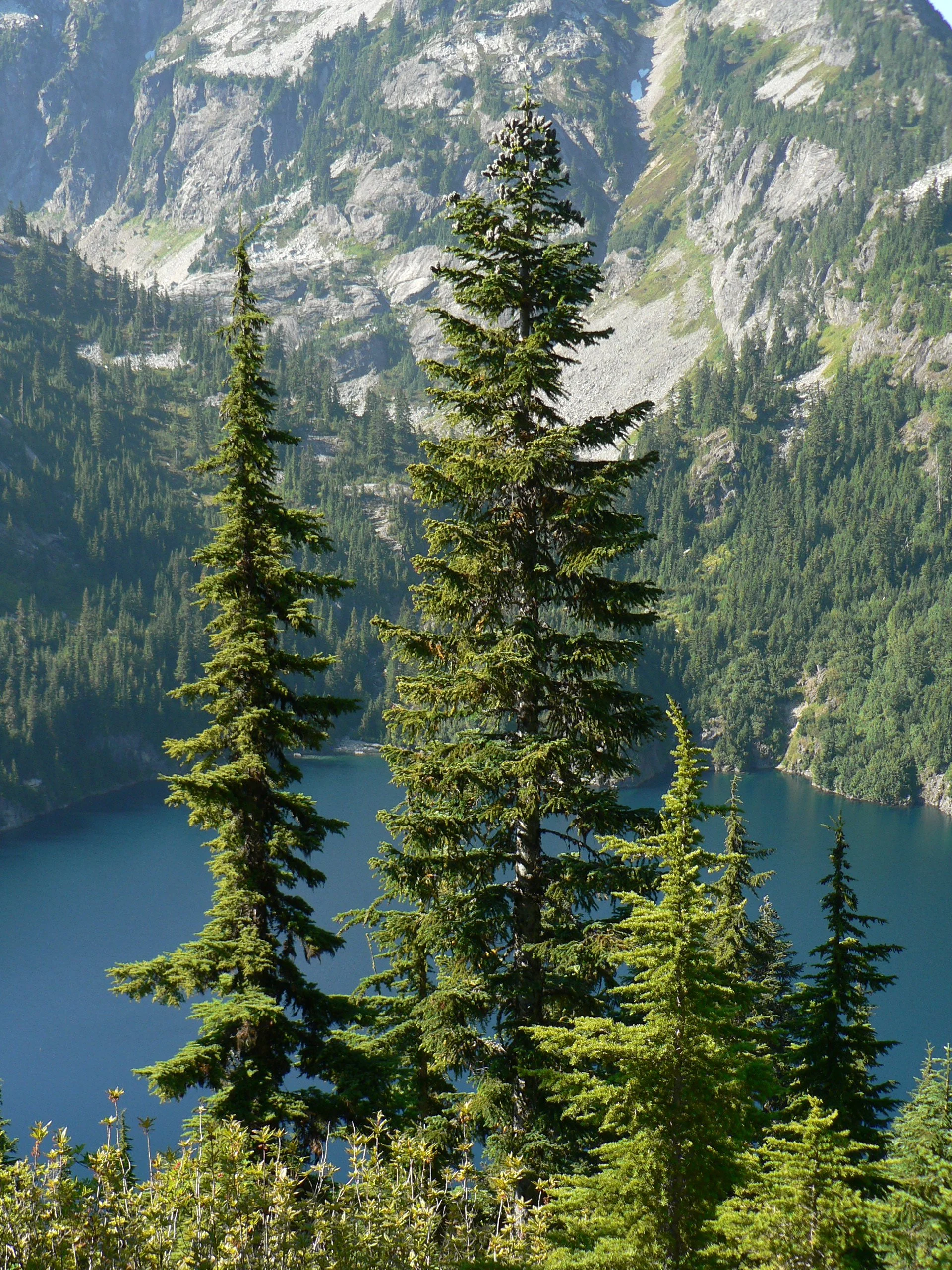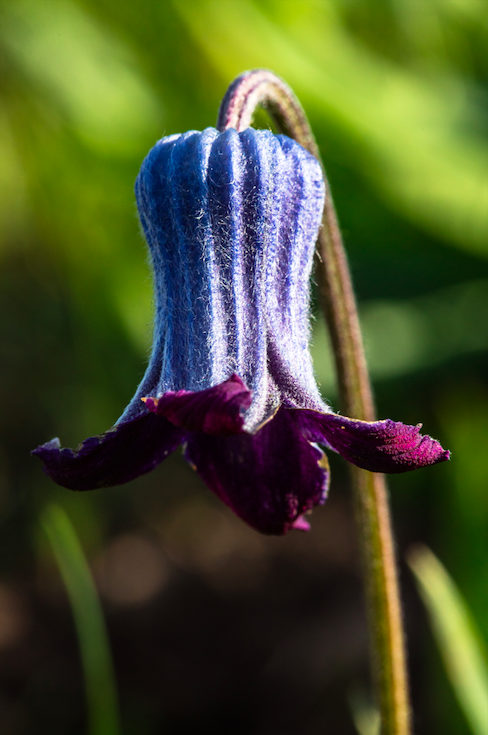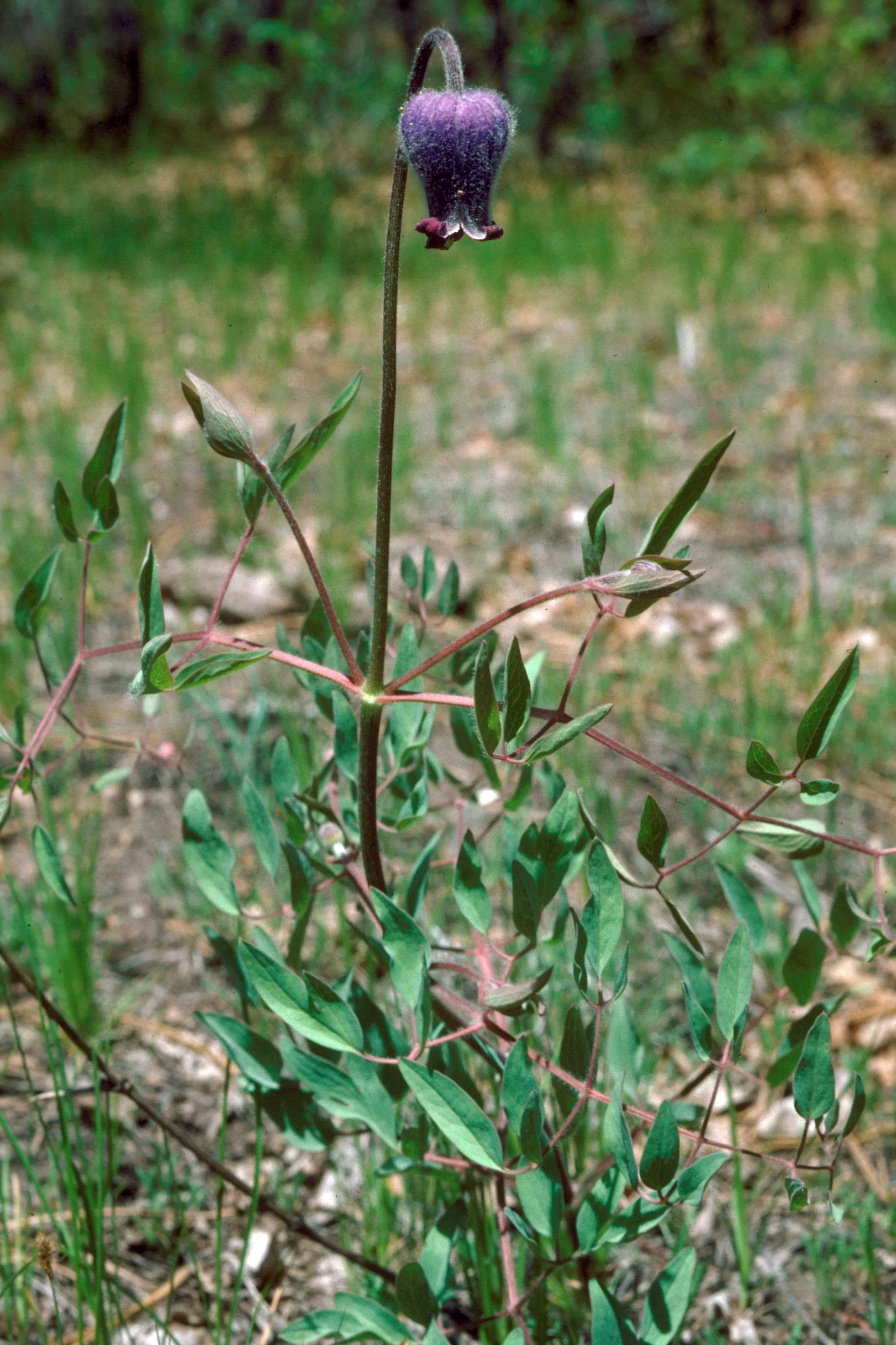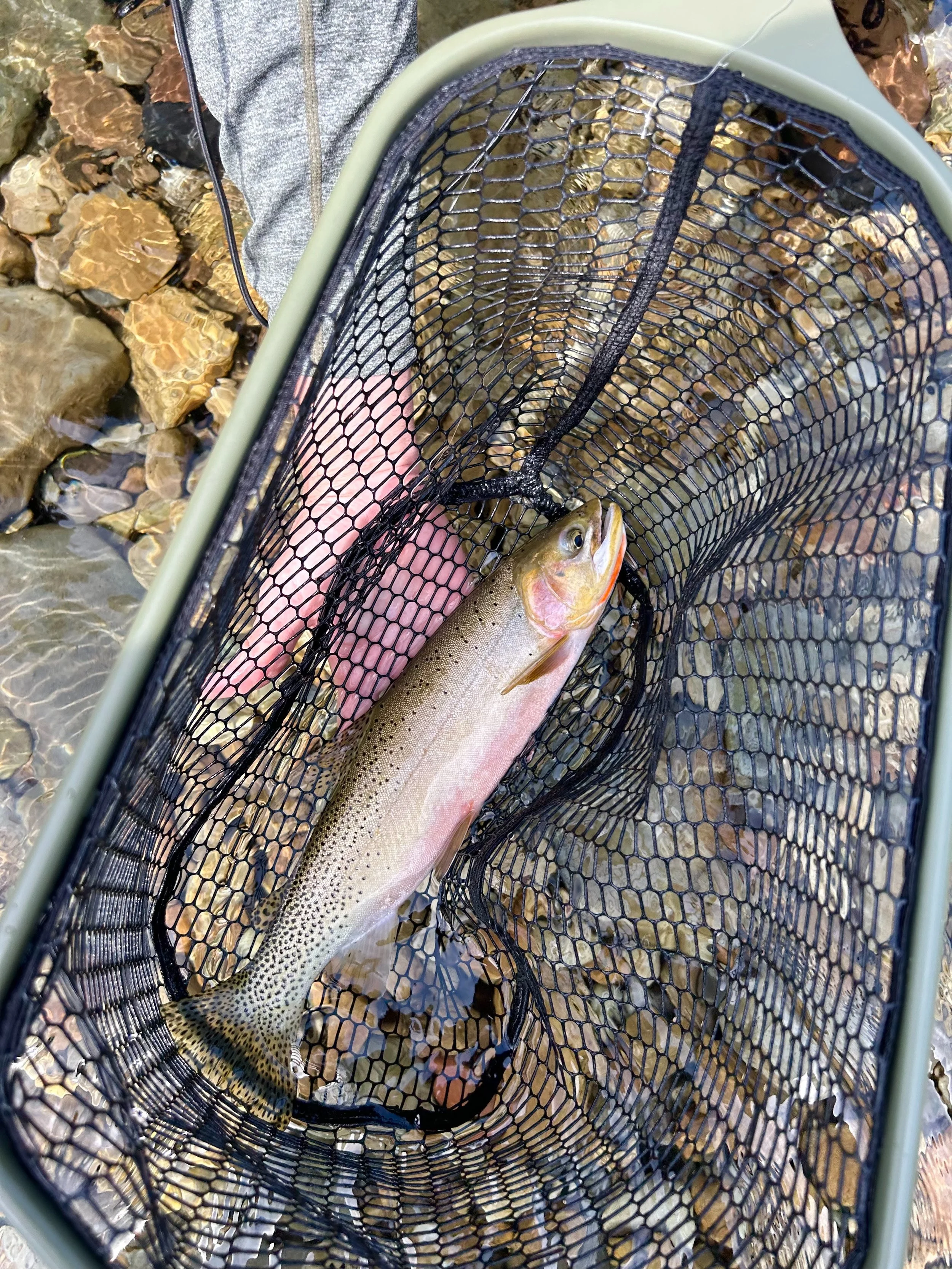Landmark Series—Behind the Bandana: Beehive Basin, Big Sky Montana
Guest User
If you are seeking breathtaking beauty, look no further than Beehive Basin, a captivating natural area nestled near Big Sky, Montana. This beloved destination beckons outdoor enthusiasts with its stunning mountain vistas and a plethora of recreational activities. Situated in the Madison Range of the Rocky Mountains, adjacent to the Big Sky Resort, Beehive Basin is a picturesque oasis boasting alpine meadows, rugged peaks, and serene lakes. During summer, the meadows burst with vibrant wildflowers, painting a scene straight out of a fairy tale. In winter, the basin transforms into a wonderland, attracting backcountry skiers and snowshoers. The diverse and thriving plant life, with nearly 300 species of wildflowers, demonstrates the health of this remarkable ecosystem, where varied habitats thrive at different elevations. This region is a nature lover's playground and a perfect candidate for our landmark bandana series.
Let the Beehive Basin Landmark Bandana be your guidebook to native flora and fauna on your next visit. Here is a closer look at the featured species:
Clodius Parnassian Butterfly
Elephant-Head Lousewort
Fuzzy-Horned Bumble Bee
Great Gray Owl
Grouse Whortleberry
Moose
Mountain Goat
Pine Grosbeak
Pink Mountain-Heath
Rhexia-Leaf Indian Paintbrush
Subalpine Fir
Sugarbowl Clematis
Yellowstone Cutthroat Trout
FIELD GUIDE:
Land Acknowledgement:
The Big Sky region is rich in Indigenous history, it is recorded as a historic common hunting ground surrounded by lands belonging to Niitsítapi-stahkoii Blackfeet, Salish, Apsáalooke Crow, Shoshone Bannock, and Tsétho’e (Cheyenne) tribes. The state of Montana recognizes the First Nations peoples, these tribes are the original and longest-serving stewards of the lands.
#1. Clodius Parnassian Butterfly (Parnassius clodius)
(Source: Wikimedia Commons: Tyler ser Noche)
Clodius Parnassian butterfly wings are adorned with distinct black and white markings spanning a wingspan of 1.5 to 2.5 inches. The upper surface of their forewing cell is decorated with three dark gray bars. Look closely at the upper surface of their hindwing to find two vibrant red spots. These remarkable creatures call mountainous regions their home, thriving in alpine meadows, subalpine areas, and forest clearings. Notably, they exhibit Batesian mimicry, cleverly resembling the toxic Pipevine Swallowtail butterflies (Battus philenor) to deter predators.
#2. Elephant-Head Lousewort (Pedicularis groenlandica)
(Source: Wikimedia Commons: Mindmatrix)
In mountainous moist meadows, streambanks, and wetlands, late spring-early summer brings forth the mesmerizing Elephant-Head Lousewort. These remarkable flowers, resembling tubular elephant heads, bloom in vibrant shades of pink and purple, gathered in dense clusters. While it may be a partial root parasite, deriving nutrients from neighboring plants, it also performs photosynthesis through its leaves. The distinctive tubular flowers of Elephant-Head Lousewort serve as a beacon to certain pollinators, especially the long-tongued bees, and butterflies, gracefully adapted to reach the nectar deep within the flower tube.
#3. Fuzzy-Horned Bumble Bee (Bombus Mixtus)
(Source: Wikimedia Commons: Ruff tuff cream puff)
Fuzzy-Horned Bumble Bees are medium-sized marvels with a distinctive appearance. Their fuzzy yellow and black thorax, accompanied by a mostly black abdomen adorned with a yellowish-white band at its base, captures the eye. Fuzzy-Horned males sport bright yellow facial hair and a pair of striking yellow tufts, likened to unique horns, earning them their name. Like their bumblebee counterparts, these remarkable creatures craft creative underground nests.
#4. Great Gray Owl (Strix nebulosa)
The enchanting Great Gray Owl is one of the largest owl species on our planet. With a majestic wingspan spanning about 53-60 inches and a weight ranging from 1.2 to 5.5 pounds, these magnificent creatures leave a lasting impression. Sporting a round, gray facial disc adorned with a white "bow tie" pattern, captivating yellow eyes, and a distinguished mustache-like border on their face, their appearance is truly distinctive. Their plumage showcases delicate streaks of gray, and a white underside with captivating dark markings. Thriving in the boreal forests, taiga, coniferous forests, and mixed woodlands, these owls seek out dense, mature forests interwoven with open clearings, marshes, and meadows. Like other owl species, they possess specialized feathers that reduce noise during flight, enabling them to stealthily approach their prey. Wild Great Gray Owls typically enjoy a lifespan of around 10 years, although they can live much longer in captivity, extending up to an impressive 40 years. Listen to the Great Gray Owl’s birdcall here.
#5. Grouse Whortleberry (Vaccinium scoparium)
The remarkable Grouse Whortleberry is a shrub that stands tall at 1 to 2 feet. Its glossy evergreen leaves, oval to lance-shaped, decorate the stems in alternating fashion. Adorned with a rich dark green hue on top, while lighter underneath, these leaves create a striking contrast. Drawing us closer are the small, urn-shaped flowers, delicate and bell-shaped, donning shades of white or pink. With a gentle fragrance, they grace us with their presence from spring to early summer. As the seasons unfold, this resilient plant bears edible red berries.
#6. Moose (Alces alces)
Moose, also known by their alias, "rubber-nosed swamp donkeys", are the largest extant species in the deer family and one of the largest land animals in North America and Eurasia. With adult moose weighing an impressive 840 to 1,540 pounds and standing tall at 5.6 to 6.9 feet at the shoulder, their presence is truly awe-inspiring. Among the male moose, known as bulls, majestic palmate antlers span up to 6 feet across, shedding and regrowing annually. These herbivores delight in a diet rich in plant materials, including leaves, twigs, bark, aquatic plants, and shrubs. Masters of the water, moose are excellent swimmers, gracefully journeying across lakes and rivers. The moose rut, a captivating display of attraction and dominance, takes place in the fall, typically from late September to early October. Bulls employ vocalizations and physical displays to captivate the attention of females and establish their dominance.
#7. Mountain Goat (Oreamnos americanus)
Mountain goats, both males and females, possess remarkable features including beards, short tails, and long black horns adorned with yearly growth rings. Their resilient double coats, consisting of a dense undercoat and longer, hollow outer hairs, safeguard them from the harsh elements. Although often mistaken as goats, they are not of the same genus; rather, mountain goats are associated with antelopes, gazelles, and cattle within the bovidae family. In alpine and subalpine environments, these magnificent creatures thrive. By counting the rings on their horns, one can determine the age of a mountain goat just before their two-year milestone, akin to the growth rings in trees. Beware on the trail, females, or nannies, exhibit protective behavior towards their territory and food, sometimes engaging in disputes with other nannies. During mating season, males engage in battles to secure a mate. While they may display hostility towards humans.
#8. Pine Grosbeak (Pinicola enucleator)
Pine Grosbeaks are a vibrant songbird that resides in the finch family. The males of this species captivate with their dazzling plumage, ranging from bright pink to radiant rose-red. Meanwhile, the females and juveniles boast a more subtle beauty, adorning olive-yellow feathers with delicate dusky streaks. Both males and females proudly display their heavy, conical bills, earning them their distinctive name "grosbeak," which translates to "large beak." Listen to Pine Grosbeak birdcall here.
#9. Pink Mountain-Heath (Phyllodoce empetriformis)
(Source: Wikimedia, Trougnouf)
This plant is a striking low-growing shrub with narrow leaves that roll together tightly, resembling pine needles. Blooming from late spring to early summer, serene alpine landscapes are decorated by this plant's vibrant clusters of pink, bell-shaped flowers, each with five enchanting petals, arranged in terminal clusters.
#10. Rhexia-Leaf Prairie Fire (Castilleja rhexiifolia)
(Source: Wikimedia Commons, Stickpen)
Prairie Fire, also known as Grandmother’s Hair (Ojibwe) or Indian Paintbrush (named by colonizers, perpetuating harmful stereotypes), is a beautiful wildflower known for its vibrant, brush-like clusters of flowers that come in shades of red, orange, yellow, pink, or purple. The rhexia-leaf variant is distinguished by reddish-purple bracts, a green-to-red corolla, an upper stem adorned with green non-lobed leaves, and an inflorescence crowned with viscid-villous hairs.
#11. Subalpine Fir (Abies lasiocarpa)
(Source: Wikimedia Commons: Wsiegmund)
In the rugged realms of high-altitude environments, the Subalpine Fir thrives, adorning subalpine forests with its spire-like presence. This Fir is a medium-sized evergreen tree, with flat, shiny dark green needles and cylindrical grayish-purple to brown colored cones standing upright on its branches. This magnificent Fir, known as the "Medicine tree" by the Secwepemc is revered for its medicinal properties used as a potent tea, brewed from its bark, to treat influenza, colds, and lung congestion. It is also often used in construction, for making paper, and occasionally posing as a Christmas tree.
#12. Sugarbowl Clematis (Clematis hirsutissima)
(Source: Wikimedia Commons, Nonenmac, BMacZeroBot)
The charismatic Sugar Bowls, a member of the Buttercup family, is a captivating perennial that stands tall with erect stems that reach up to two feet high, adorned with enchanting bell-shaped flowers that gracefully hang upside down. Come late spring to early summer, the Sugar Bowls color the landscape with their pale lavender to white flowers, flaunting four petal-like sepals, a beaming cluster of yellow stamens, and distinctive hairy features.
#13. Yellowstone Cutthroat Trout (Oncorhynchus clarkii bouvieri)
The Yellowstone Cutthroat Trout, one of Montana's native cutthroat subspecies, shares the prestigious title of the state fish with its counterpart, the Blackspotted Cutthroat Trout. Easily distinguishable by its two striking red slashes on the lower jaw and its medium-large, posteriorly concentrated black spots, this trout exhibits a range of drab brownish, yellowish, or silvery hues. As a vulnerable species in Montana, the Yellowstone Cutthroat Trout faces challenges due to habitat loss.
Ready to geek out on more nature facts? Head over to our Landmark Series page for more.


